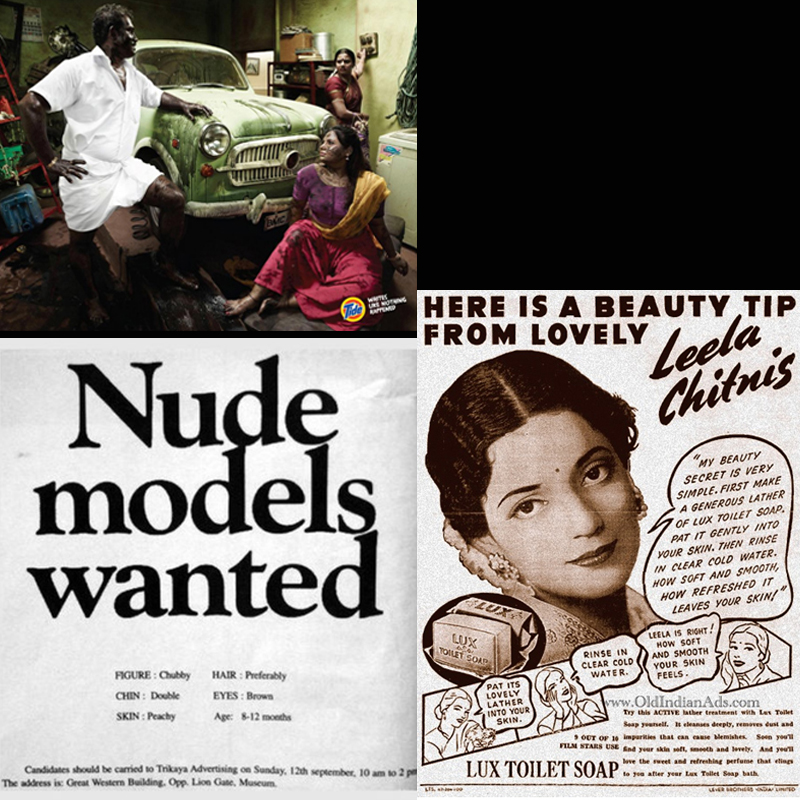NEW DELHI: Who says print is dead? It is certainly not for the advertisers, and many media planners will vouch for the medium. If you count yourself among those believein numbers rather than words, the latest dentsu report points out that despite the Covid-imposed shrinkage, print advertising amounted for 25 per cent of overall media spends by advertisers in India, earning a total of Rs 13,970 crore. TAM data shows that the Unlock period witnessed a spike of 4.8X in average ad volumes per publication per day.
However, while print is not down and out when it comes to the matrix of reach, revenues, and media mixes, it is slowly atrophying in terms of creativity; lacking the brilliance of print ads of the past. And this isn’t just our nostalgia talking – the advertising industry agrees with this notion.
Brands like WhatsApp are still purchasing jacket spaces, the BMWs of the world are putting their monies in the mastheads of national dailies, and two leading e-commerce colossuses are waging wars against each other on the “front” pages of leading newspapers, but most of them fail to evoke the good old feel of advertising that sparked emotions. Leela Chitni no longershares her beauty secrets in thoughtfully-crafted long-form ads (Lux), no one is looking for nude models (Johnson & Johnson), and no brand’s trying to make its white stand out (Tide).

While there are sporadic stabs at creativity, like the #ItsNotOk campaign by Truecaller, most brand communications have become transactional in nature. There are absolutely no attempts made to evokefeelings that earlier print ads managed to do, opines NihilentHypercollectiveglobal CCO KV Sridhar (Pops).
“Today, print ads are more about gimmicks; buying a jacket or one of the many front pages of a paper. They are restricted to buying eyeballs and not inflicting emotions. The print ads of today cannot make a person laugh or cry, or angry for that matter,” he shares ruefully.
DDB Mudra Group CCO Rahul Mathew concurs. “I do feel, as an industry, we’re losing our command over the word and interest in print as a medium. Today, print ads, either, scream like the point of purchase material or bore like pages out of a technical manual. Though the irony is that the print category, at most award shows, often leave me dragging my jaw across the room. Which also shows that creativity can flourish in print, but somehow we aren’t allowing it to,” he notes.
But what are the factors contributing to this step-motherly treatment of print medium?Experts believe that the key problems are lack of intent, good creative talents, heightened focus on alternate media at the expense of print, and the general structure that modern-day agencies are working on.
“I think one of the biggest reasons for the creativity in print ads getting neglected these days is the disconnect between the creative and media sides of modern agencies,” says Pops.“Back in our time, we used to sit with the media team. I have worked closely with the likes of Sashi Sinha, wherein we could explain to the planner that a half-page ad will make better sense for the sort of creative we have envisioned and not a ten by two. They proceeded with the planning based on that and vice versa. Now, these two teams do not communicate at all. All of this eventually impacts the quality of work they are producing.”
dentsu creative chairperson India and Taproot Dentsu co-founder & CCO Agnello Dias remarks that neither a lack of creativity nor a lack of investment in talent is to blame for this state of affairs – rather it’s about priority. “All hiring and rewarding seems to be focused on film creative talent which is not a problem but often it is at the expense of print writing. Why can’t we judge and reward creative talent for print AS WELL AS film rather than instead of it? Till a few years ago, most creatives were good at print and film, not one or the other,” he points out.
Dias also feels that as a society we are more about width rather than depth today, which has eventually resulted in creatives and brands ditching the old form of print advertising. “We want to see more and feel more rather than see deeper and feel deeper. Brands have always tended to find the shortest route between what they say and what sells. So it has a snowball effect and over time, one fuels the other.”
In such a scenario, is there any hope left for the medium to retain its old glory? Certainly!
Pops commends the efforts made by brands like Nestle and Croma who are making efforts to keep the true spirit of creative advertising in print alive. The latter is a partner with Times Of India’s “Power of Print” initiative, which seeks great print ads from agencies and takes the winners to the Cannes awards.
For Dias, more efforts are required in honing new talent. “Read more. Ads. Books. Articles. The more one consumes, the more it will seep into your creative expressions,” he advises.
Pops suggests that the creative maestros of the past like Mohammad Khan and Christopher D'Rosario should be asked to lead the younger generation and teach them the craft of curating perfect, emotionally riveting print ads. And the agencies will have to take the lead in calling them on board as mentors.
Mathew quotes his agency’s founder and creative powerhouse Bill Bernbach – “An idea can turn to dust or magic, depending on the talent that rubs against it” – to state that the need of the hour is to replace the idea with the medium and that will help every young copywriter or art director dejectedly looking at a print brief.






